Olia Sondge
Your education: I studied painting in the studio of A. E. Ochnyev (Honorary Academician of the Russian Academy of Arts), as well as at leading academic institutions in Russia — the Surikov Moscow State Academic Art Institute and the Stroganov Moscow State University of Arts and Industry.
Describe your art in three words: Contemporary Russian Impressionism
Your discipline: Oil painting
Website | Instagram
Your works blend impressionism with expressionism. How do you find balance between capturing reality and conveying emotion?
I think it’s through sincerity and trust in myself. For a long time, I tried to depict things “correctly”; it was important to me to “please,” but that approach didn’t work — it felt artificial. The breakthrough came when I allowed myself to stop copying nature and found the courage to respond to it instead: to paint not only what I see, but how I see it.
Today, when I work, I try not to think, “is there enough realism here?” or “am I exaggerating too much?” I just try to be as honest as possible — both toward nature and toward my own feeling. I perceive reality as a conduit for emotion, not its constraint.
Impressionism gives me a language of light and air — a way to capture the fleeting, to convey how everything trembles and changes. And Expressionism allows me not to hide what I feel when I look at it. For me, a painting is not a copy of the world, but a meeting between the artist and the world — even though it’s not always an easy one.
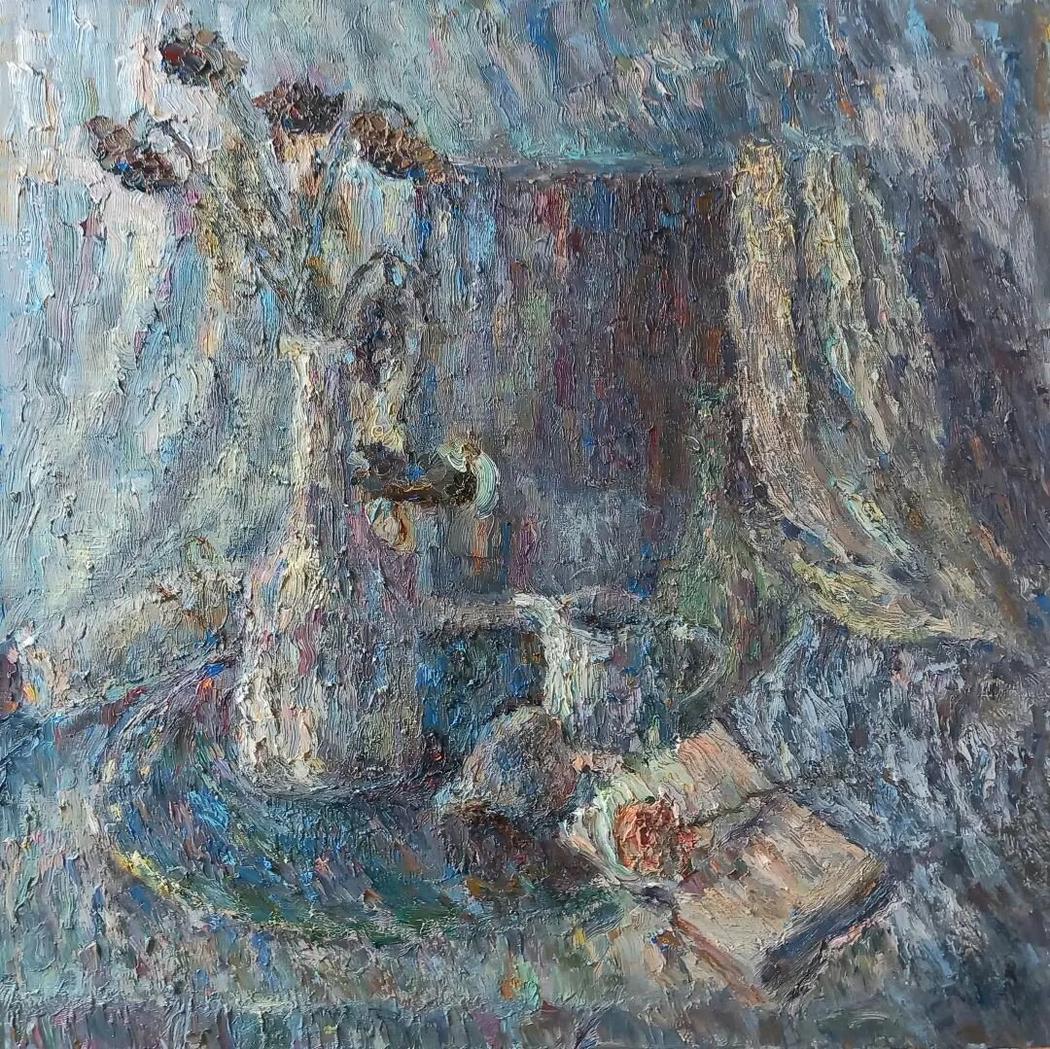 Olia Sondge | Beyond Time And Space | 2023
Olia Sondge | Beyond Time And Space | 2023
What draws you to still life compositions, and how do you choose the objects that appear in your paintings?
I did not immediately discover the charm of still life. For a long time, it seemed to me a secondary genre — lacking the drama of portraiture or the expansiveness of landscape. But then came the realization: still life is a very relevant form of art. In today’s fast-paced world, everything moves so quickly that there is often no chance to pause, simply look, and truly see or feel something. Yet still life demands exactly that — to slow down, to observe, to find beauty in the ordinary, life in the motionless.
That is why the subjects of my still lifes are often simple, almost humble objects with their own stories: old books, worn-out coffee pots, seasonal flowers brought from the park. I can spend weeks working on a single arrangement, watching how the light changes, seeking the right relationships again and again. It is the luxury of slow observation — something you don’t get outdoors. Still life is always about time — about the fact that everything is transient. Fruits ripen and decay, flowers wilt, light shifts. You are captivated by nature, warmed by its glow, and you try to stop that fleeting moment, knowing it’s impossible. There is something deeply human and touching in that.
 Olia Sondge | Hopes And Promises | 2023
Olia Sondge | Hopes And Promises | 2023
You mention rejecting precise realism—what does “truth” in art mean to you?
Precise realism is an illusion of objectivity. A camera captures reality more accurately than any artist ever could — but is a photograph always truthful? It shows what the world looks like, but not how it feels, nor what it means.
For me, truth in art lies not in the accuracy of depiction, but in the accuracy of experience. Art begins where copying ends. Van Gogh painted the starry sky in a way no one had ever seen it, yet his Starry Night is absolute truth about how a human being experiences the cosmos, infinity, and solitude. It’s magical when a viewer looks at a painting and recognizes something essential — not about the subject, but about themselves, about life, about the world. When a painting doesn’t just show, but reveals.
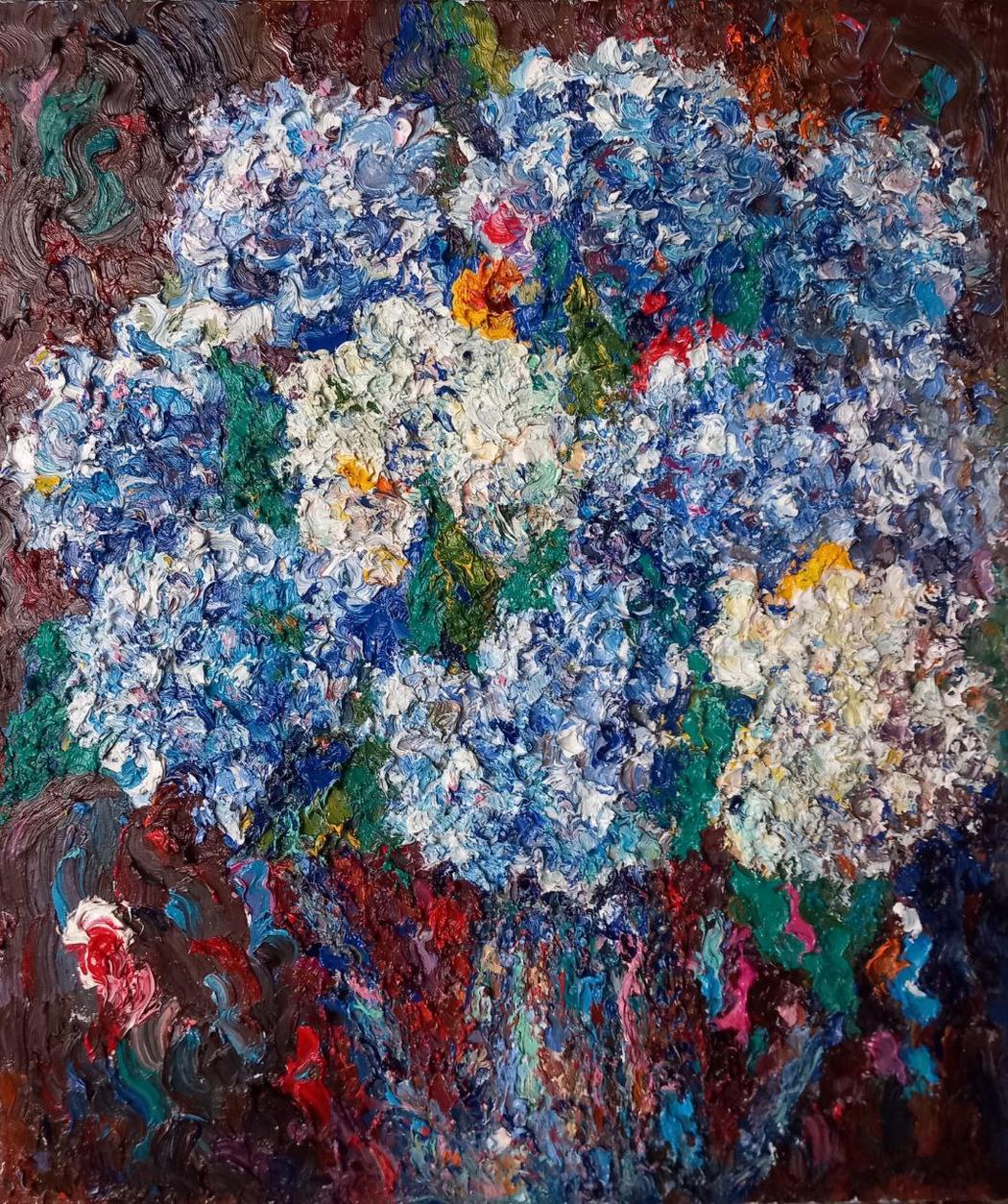 Olia Sondge | Hortensias | 2025
Olia Sondge | Hortensias | 2025
Texture plays a powerful role in your work. Can you describe your process of building such rich, tactile surfaces?
Texture, for me, is a way to make painting tangible — not only visually, but almost physically. I want the viewer not just to see the surface, but to feel it, to want to touch it. I want the painting to exist not only as an image, but as a material object with its own corporeality.
Each painting is created in stages, and the process itself can be described as metaphysical. I paint without a thinner, so the dense paint lies on the canvas in a thick, textured layer. A key element is layering. Sometimes I paint on a wet surface, sometimes on a dry one — each gives a different effect. On wet paint, the colors mix directly on the canvas, creating unpredictable tonal nuances. On dry paint, the stroke remains distinct and relief-like. Sometimes it only partially covers the layer beneath, creating a vibration of color, an inner glow.
Variation of technique is also important — the thickness of the paint, the direction of the brushstroke, brushes of different stiffness. Sometimes I paint with my fingers, shortening the distance between sensation and the canvas. All of this in combination creates a rich, saturated surface.
Working in multilayered impasto technique is not easy — it requires patience. It can take months to complete a single painting, and full drying may take up to several years. During this time, the canvases, in a way, continue to paint themselves.
How do you decide on a color palette for a new piece? Is it based on the subject or your internal state at that moment?
I always start from nature, but I don’t aim to copy its local colors. Nature sets the theme — the lighting, the time of day, the mood of the moment. From there, I observe the changing light and atmosphere. Like the early Impressionists, I work with pure, saturated colors and their contrasts. I place shades side by side — they interact, creating shimmering transitions and vibrations. I strive for an effect of flickering and inner glow.
Sometimes I want to add more energy — then I introduce accents: for example, flashes of cadmium red or orange. They enhance the overall resonance, filling the painting with a sense of living tension.
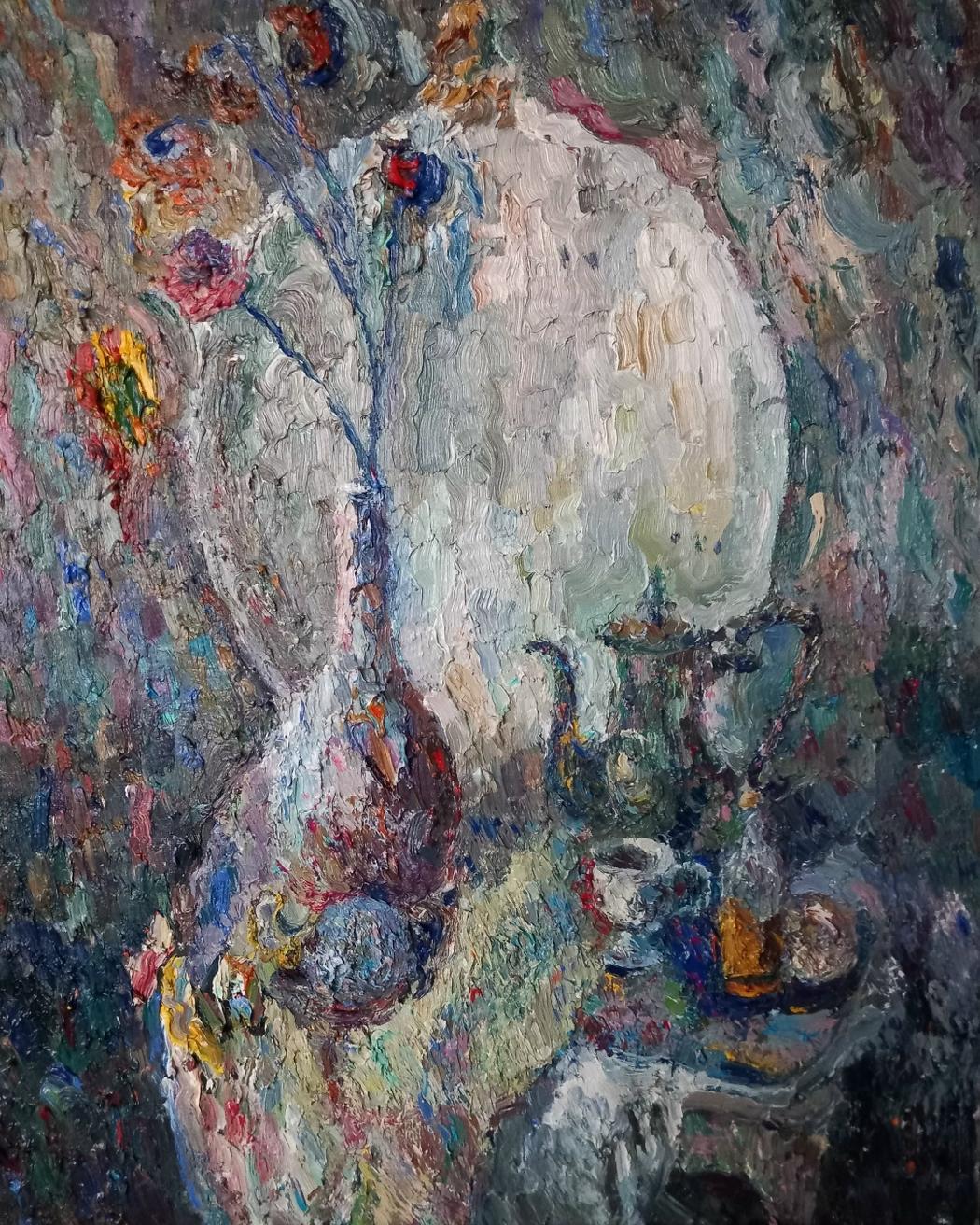 Olia Sondge | Still life on a white chair | 2025
Olia Sondge | Still life on a white chair | 2025
You describe your paintings as existing beyond specific time and space. What atmosphere or reality do you aim to create for the viewer?
When I speak of timelessness, I do not mean detachment from reality, but rather reaching its deeper layer — the one that does not change, that always exists. We live in a world overflowing with information, speed, and specificity. Everything has an address, a date, a time. Everything is tied to the moment. And there is something suffocating about it — we are constantly trapped in the “here and now.”
The silvery, shimmering tones dissolve materiality, making the world weightless and transparent. When you look at the painting, it’s unclear whether it depicts a real place or a dream, a memory or a vision. This fluidity and elusiveness create an atmosphere “beyond time” — a space for contemplation, where the painting is not an image of a place, but the place itself — an island of calm in a restless world.
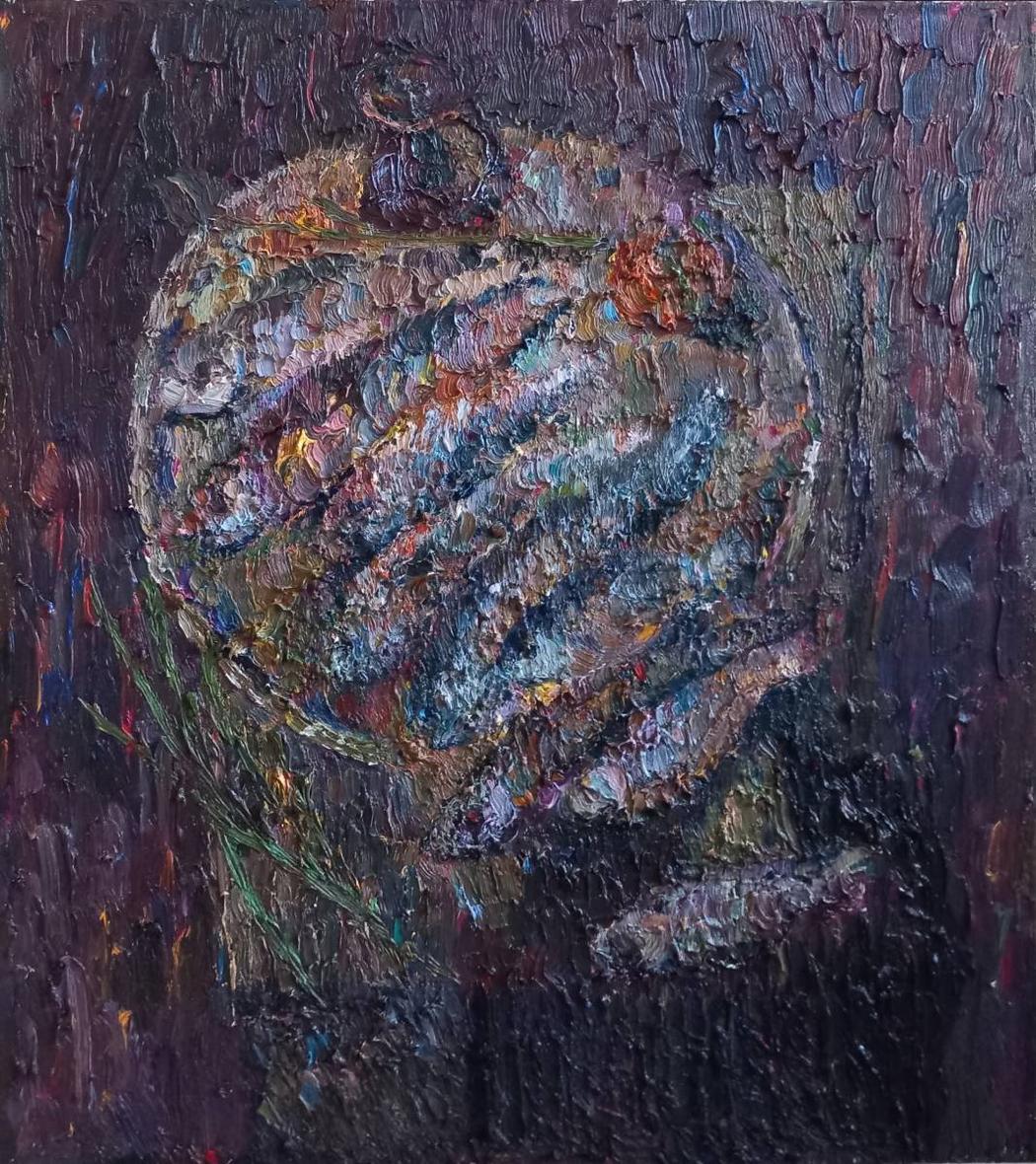 Olia Sondge | Still Life with Fish | 2024
Olia Sondge | Still Life with Fish | 2024
Viewers often see different things depending on their personal perception. Do you prefer to guide interpretation or leave it fully open?
I leave the interpretation completely open. The very nature of my painting — shimmering, built on color transitions and sometimes blurred forms — invites such free perception. And I like that. It’s one of the most fascinating aspects of the work. When someone sees in my painting something I didn’t intentionally create, it’s not a misperception — it’s a dialogue. It means the painting is alive: it breathes and continues to unfold with every new gaze. By the way, viewers often notice birds in my paintings. That probably means something. In any case, it’s certainly interesting!

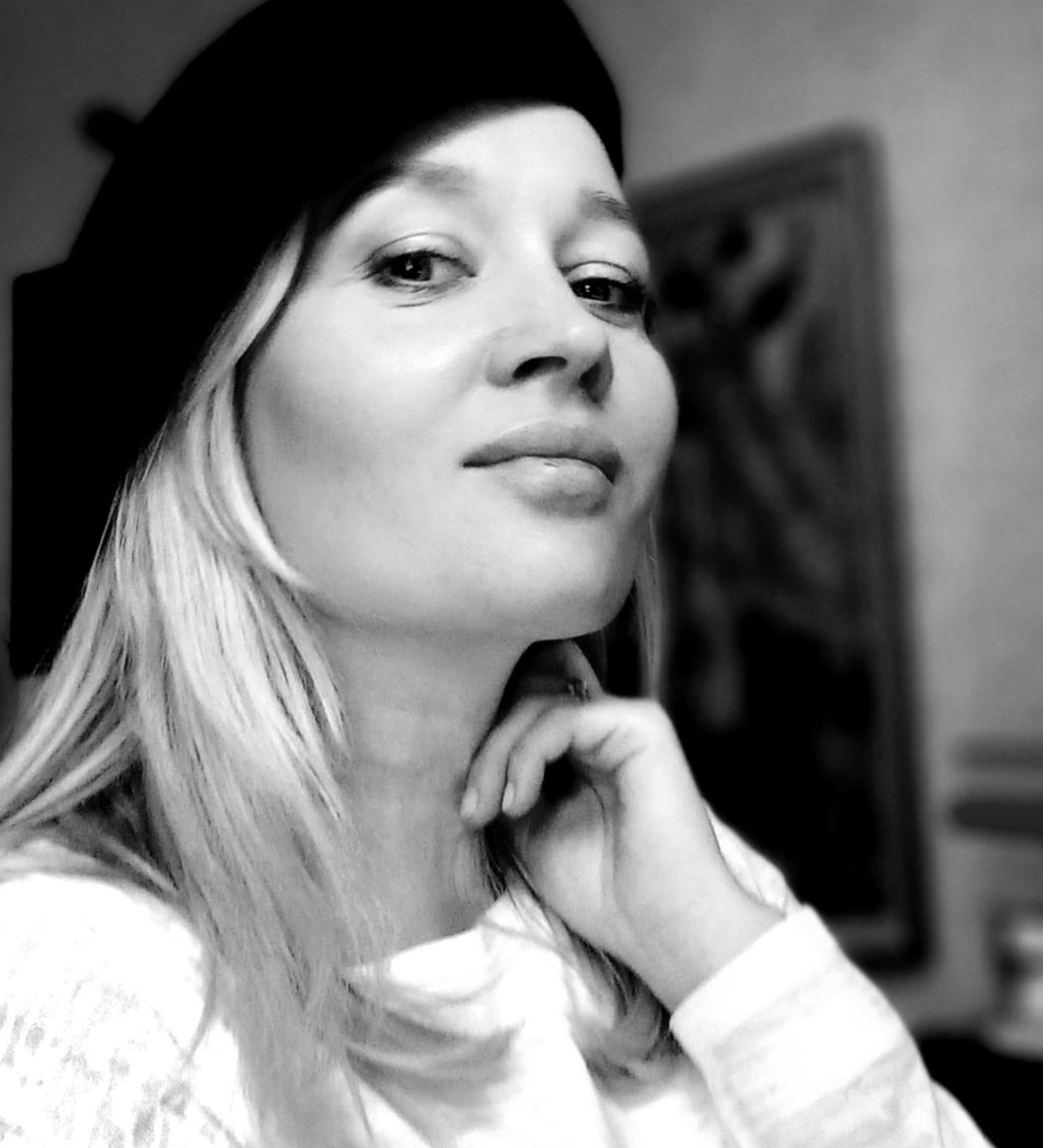
Leave a Reply